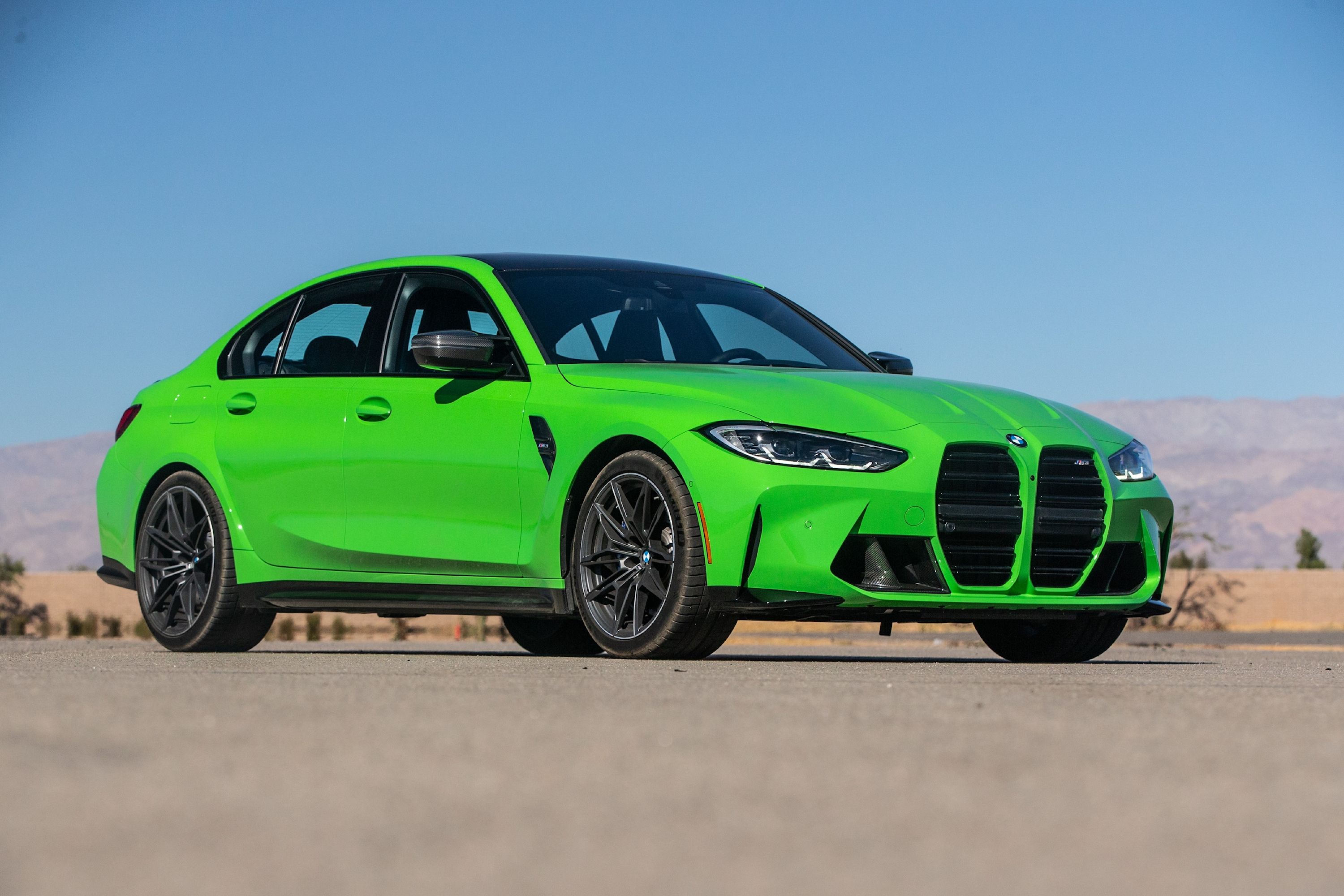The BMW Isetta is well-known for several reasons. Its diminutive stature and its single, front-mounted door, for example. But it is perhaps best known for being one of the strangest BMWs ever. For a company known for athletic sports cars and sports sedans like the M1 and M3, the fact that it ever made a microcar powered by a tiny single-cylinder engine is baffling to many people. The thing is, the Isetta wasn't really a BMW; it was originally manufactured by an Italian company called Iso before BMW bought the license and tooling to make the microcar.
This isn't the first time that BMW has bought up the rights to another car and turned it into its own. In 1966, BMW purchased another German automaker called Glas (known for its Goggomobil microcar line), and subsequently adapted the Glas GT into its own sports coupe.
Using the 104-hp powertrain from the BMW 1600 Ti, BMW created the 1600 GT, and managed to sell 1,259 BMW-badged cars over two years. This vehicle was nothing more than a Glas GT with kidney grilles, although it was still a handsome vehicle thanks to a design penned by Pietro Frua.
However, BMW also hoped to create a roadster on the GT's bones to export to the United States, and crafted two prototypes. The 1967 1600 GT convertible wouldn't reach production unfortunately, and one of the prototypes was crashed and sent to the scrapyard. The other prototype survived, and was recently restored by a group of apprentices who are training at BMW's Dingolfing factory.
The apprentices used original parts as much as they could, and completely remanufactured any parts that they couldn't find, with the whole process taking three years. They did a stunning job, and BMW validated their work by inducted the 1967 BMW 1600 GT convertible into the company's official factory collection. Now, if you'll excuse me, I'm going to go drool over these photos.

